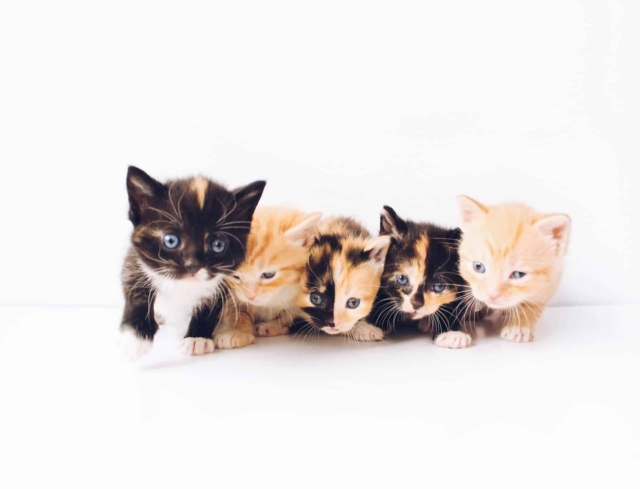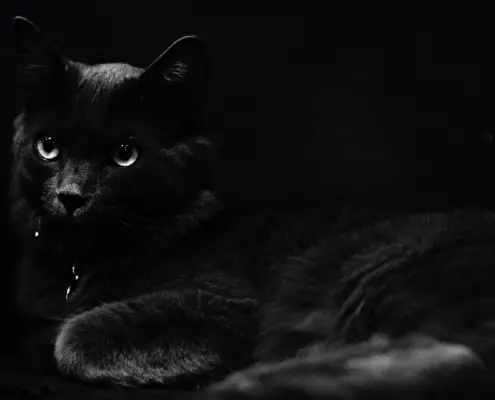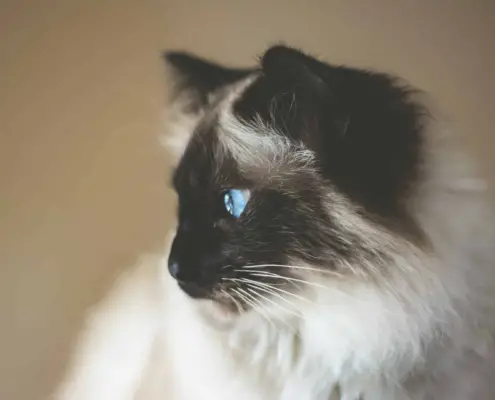
Feline reproduction is a fascinating subject that has captivated scientists and cat lovers alike for centuries. Understanding the intricacies of feline genetics and reproduction is essential for responsible breeding and the overall well-being of these beloved pets. In this article, we will delve into the world of feline reproduction, specifically exploring the possibility of kittens having two fathers and one mother.
Understanding the basics of feline genetics
Before we can dive into the concept of multiple paternity in feline reproduction, it is crucial to have a basic understanding of feline genetics. Like humans and other mammals, cats inherit their genetic material from both their mother and father. Each parent contributes half of their DNA, which determines various physical and behavioral traits in the offspring.
The concept of multiple paternity in feline reproduction
Multiple paternity refers to the phenomenon where a litter of kittens has more than one father. While it may seem strange and improbable, multiple paternity is not uncommon in the world of feline reproduction. In fact, studies have shown that up to 90% of litters can have multiple fathers.
Can kittens have two fathers and one mother?
The answer is a resounding yes! Kittens can indeed have two fathers and one mother. This phenomenon, known as superfecundation, occurs when a female cat mates with multiple males within a short span of time. Unlike some other mammals, cats have the ability to release multiple eggs during a single reproductive cycle, increasing the chances of fertilization by different males.
How does multiple paternity occur in feline reproduction?
During mating, male cats deposit their sperm into the female’s reproductive tract. The sperm then travels to the ovaries, where it can fertilize the released eggs. If a female mates with multiple males within a short period, the sperm from each male can potentially fertilize different eggs. As a result, the litter can have kittens with different fathers.
Case studies and real-life examples of multiple paternity in kittens
Numerous documented cases of multiple paternity in kittens exist, providing concrete evidence of this phenomenon. In one study, researchers analyzed the DNA of kittens from several litters and found that a significant number of litters had multiple fathers. This finding supports the idea that multiple paternity is not a rare occurrence in feline reproduction.
The implications of multiple paternity on feline breeding programs
Multiple paternity can have profound implications for feline breeding programs. Breeders who are unaware of the possibility of multiple paternity may mistakenly assume that a litter is the result of a single mating pair. This can lead to inaccurate pedigrees and potentially impact the breeding program’s genetic diversity and overall health of the breed.
Exploring the genetic factors that contribute to multiple paternity in kittens
Several genetic factors contribute to the occurrence of multiple paternity in kittens. One such factor is the prolonged survival of sperm within the female’s reproductive tract. Unlike some other mammals, cat sperm can survive for several days, increasing the chances of fertilizing different eggs from multiple males. Additionally, the timing of mating plays a crucial role, as the female must be in a receptive state for successful fertilization.
Debunking common myths and misconceptions about multiple paternity in feline reproduction
There are several myths and misconceptions surrounding the concept of multiple paternity in feline reproduction. One common misconception is that kittens from the same litter must always look identical. However, even in litters with a single father, kittens can display variations in physical traits due to the inheritance of different combinations of genes. Another myth is that multiple paternity only occurs in stray or feral cats. In reality, multiple paternity can occur in any cat population, including pedigree and domestic cats.
The fascinating world of feline genetics and reproduction
The world of feline genetics and reproduction is a complex and intriguing one. The concept of multiple paternity, where kittens can have two fathers and one mother, adds another layer of fascination to this already captivating subject. As responsible cat owners and breeders, it is essential to understand and appreciate the genetic factors that contribute to multiple paternity. By doing so, we can ensure the health and well-being of our feline companions for generations to come.
If you enjoyed my article, I would appreciate you sharing it with your network.

Sima Ndlebe
Sima writes for CatBuzz. He is interested in Cats, Health and Fitness, and Entrepreneurship.
Published: 31 October 2023



